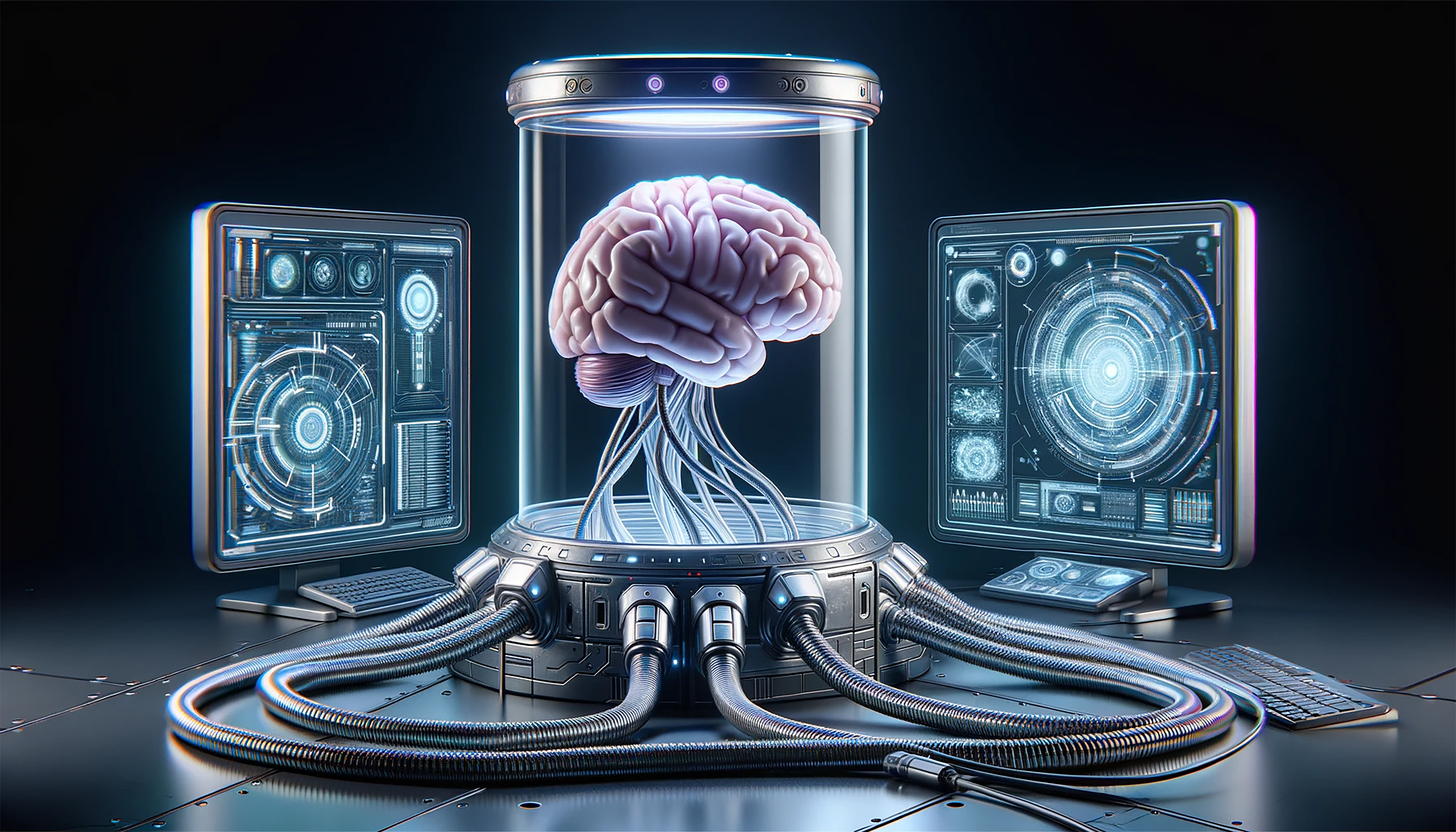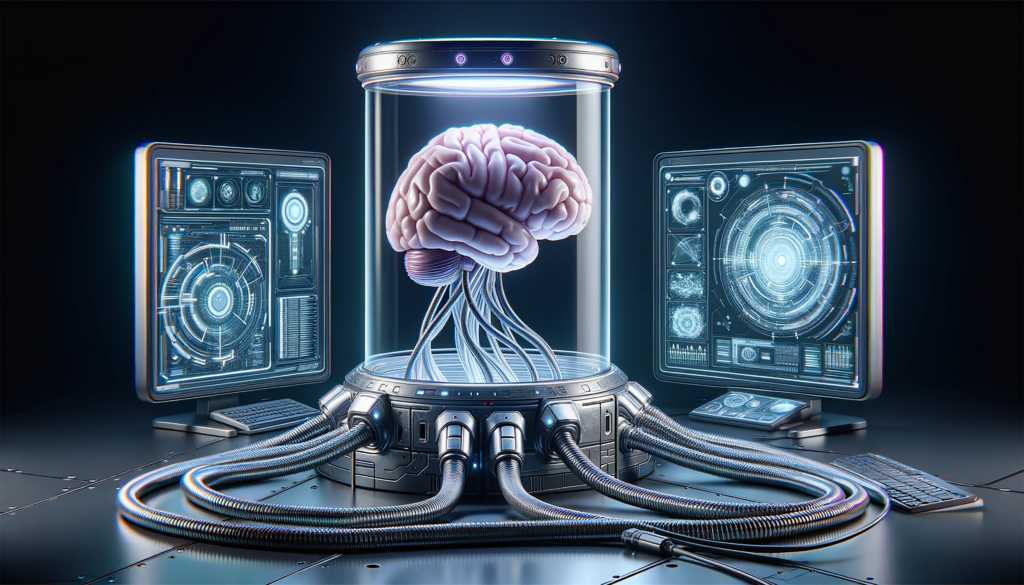Augmented Reality Software for Education: Leveraging AI Technology for Enhanced Learning


Expanded Reality Programming for Training: Utilizing man-made intelligence Innovation for Improved Learning
Lately, the union of expanded reality (AR) and man-made reasoning (computer based intelligence) has denoted a progressive change in instructive innovation. This strong collaboration is rethinking customary learning standards and making ready for more intuitive, vivid, and customized instructive encounters. As teachers and foundations look for imaginative devices to draw in understudies and improve learning results, AR programming coordinated with computer based intelligence innovation is arising as an extraordinary power in the field of schooling.
The Advancement of Expanded Reality in Training
Increased reality, an innovation that overlays computerized data onto the actual world, has been continuously advancing into instructive settings. Early uses of AR in schooling included intuitive reading material and basic 3D models that could be seen through a cell phone or AR glasses. These underlying executions exhibited AR’s capability to make dynamic and drawing in opportunities for growth, yet the innovation’s effect was restricted by its somewhat simple capacities.
The mix of man-made intelligence innovation into AR programming addresses a huge jump forward. Computer based intelligence upgrades AR applications by empowering them to adjust to individual learning styles, give ongoing criticism, and convey more complex and logically significant substance. This blend permits teachers to establish more customized and responsive learning conditions that can more readily address the issues of different understudy populaces.
How computer based intelligence Improves Expanded Reality in Training
1. Personalized Learning Experiences:
One of the most convincing advantages of joining AR with man-made intelligence is the capacity to fit instructive substance to every understudy’s extraordinary requirements. Simulated intelligence calculations can examine understudy execution information and learning inclinations to modify AR encounters. For example, an AR application could change the trouble of an undertaking or give extra assets in light of an understudy’s advancement, guaranteeing that every student gets proper difficulties and backing.
2. Interactive and Vivid Content:
AR programming controlled by man-made intelligence can establish exceptionally intelligent and vivid learning conditions. Computer based intelligence driven AR can create practical recreations and situations that permit understudies to investigate complex ideas in an active way. For instance, in a science class, understudies could utilize AR to communicate with a 3D model of the human body, investigating its different frameworks and capabilities such that conventional reading material can’t offer. The intuitiveness and submersion given by man-made intelligence improved AR can prompt further comprehension and maintenance of the material.
3. Real-Time Criticism and Assessment:
Man-made intelligence can give moment input on understudy execution inside AR conditions. This constant appraisal capacity is especially significant in subjects that require practice and reiteration, for example, language learning or arithmetic. For instance, an AR language learning application could utilize man-made intelligence to dissect elocution and give quick remedies, assisting understudies with further developing their talking abilities more actually than conventional strategies.
4. Adaptive Learning Pathways:
Simulated intelligence fueled AR can work with versatile learning pathways that answer the developing requirements of understudies. By persistently observing execution and commitment, artificial intelligence calculations can change the substance and trouble level continuously. This versatility guarantees that understudies are neither overpowered nor under-tested, advancing a more successful and connecting with opportunity for growth.
5. Enhanced Joint effort and Engagement:
AR applications coordinated with simulated intelligence can cultivate cooperative advancing by empowering understudies to cooperate in virtual conditions. Simulated intelligence can work with bunch exercises, oversee communications, and guarantee that all members are contributing definitively. For example, understudies dealing with a virtual science explore in AR can team up on speculations, lead tries, and examine results together, improving both comprehension they might interpret the topic and their collaboration abilities.
Contextual investigations and Genuine Applications
A few instructive foundations and associations have started executing computer based intelligence improved AR arrangements with promising outcomes. For instance:
The College of Illinois at Urbana-Champaign** has integrated AR and simulated intelligence into its designing educational program. Understudies use AR to picture complex designing standards and computer based intelligence to get customized criticism on their plan projects, altogether further developing their learning results and commitment.
The Smithsonian Institution** offers an AR application that permits clients to investigate gallery shows in a virtual space. Artificial intelligence innovation helps tailor the experience in light of client communications, giving altered data and intuitive components that upgrade the instructive worth of the displays.
ClassVR, an instructive VR and AR supplier, utilizes computer based intelligence to convey customized growth opportunities across different subjects. Their foundation changes content progressively founded on understudy execution, giving a more successful and connecting with opportunity for growth.
Difficulties and Future Headings
While the coordination of man-made intelligence and AR in training holds tremendous commitment, it additionally presents a few difficulties. Issues connected with information protection, availability, and the requirement for hearty innovative framework should be addressed to guarantee that these apparatuses are really and fairly carried out. Moreover, instructors need fitting preparation to completely use these advances and coordinate them into their educating rehearses.
Looking forward, the fate of AR and artificial intelligence in training is probably going to see further headways, including more refined computer based intelligence calculations, further developed AR equipment, and improved content creation apparatuses. As these advances keep on developing, they will offer significantly more open doors for making imaginative and successful opportunities for growth.
End
The mix of man-made intelligence innovation with expanded reality programming addresses a critical progression in instructive innovation. By giving customized, intelligent, and vivid opportunities for growth, simulated intelligence improved AR can possibly change schooling and better address the issues of understudies. As foundations proceed to investigate and execute these advances, the fate of instruction will without a doubt be set apart by more noteworthy commitment, more profound comprehension, and more compelling learning results.



